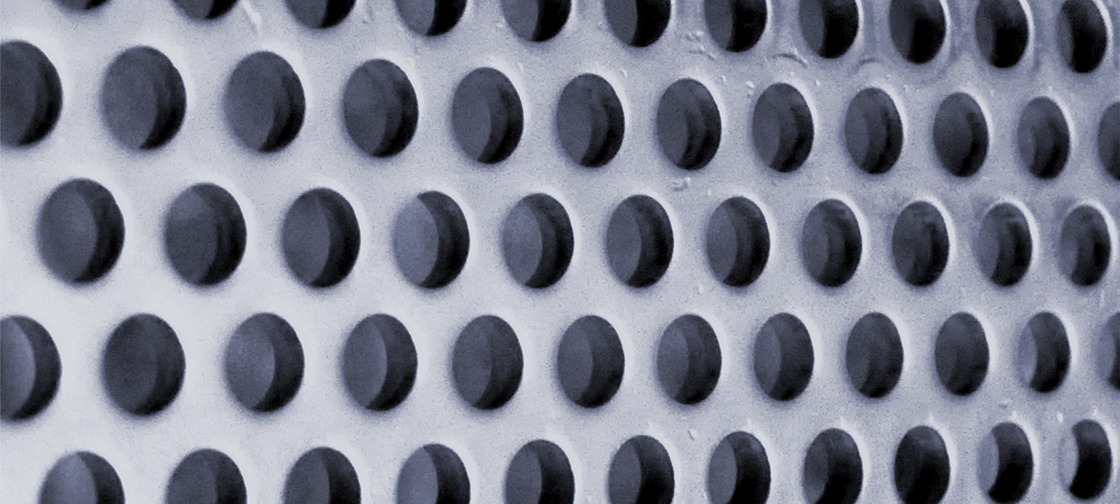High-entropy alloys, which are made from nearly equal parts of several primary metals, could hold great potential for creating materials with superior mechanical properties.
But with a practically unlimited number of possible combinations, one challenge for metallurgists is figuring out where to focus their research efforts in a vast, unexplored world of metallic mixtures.
A team of researchers at the Georgia Institute of Technology has developed a new process that could help guide such efforts. Their approach involves building an atomic resolution chemical map to help gain new insights into individual high-entropy alloys and help characterize their properties.
In a study published Oct. 9 in the journal Nature, the researchers described using energy-dispersive X-ray spectroscopy to create maps of individual metals in two high-entropy alloys. This spectroscopy technique, used in conjunction with transmission electron microscopy, detects X-rays emitted from a sample during bombardment by an electron beam to characterize the elemental composition of an analyzed sample. The maps show how individual atoms arrange themselves within the alloy, allowing researchers to look for patterns that could help them design alloys emphasizing individual properties.
For example, the maps could give researchers clues to understand why substituting one metal for another could make an alloy stronger or weaker, or why one metal outperforms others in extremely cold environments.
“Most alloys used in engineering applications have only one primary metal, such as iron in steel or nickel in nickel-based super alloys, with relatively small amounts of other metals,” said Ting Zhu, a professor in the George W. Woodruff School of Mechanical Engineering at Georgia Tech. “These new alloys that have relatively high concentrations of five or more metals open up the possibility of unconventional alloys that may have unprecedented properties. But this is a new compositional space that has not been explored, and we still have a very limited understanding of this class of materials.”
Source: “Atomic-level imaging could offer roadmap to metals with new properties”, Georgia Institute of Technology




